That is the notable information in the report recently sent by the Department of Industrial Safety Techniques and Environment to Minister of Industry and Trade Nguyen Hong Dien on the operation of hydroelectric reservoirs on August 2.
Specifically, according to the report, the flow to hydroelectric reservoirs in the Northern, Southeast, and Central Highlands regions is high and increasing; the North Central region is low and increasing slightly; the South Central coastal region is low and fluctuating slightly compared to yesterday.
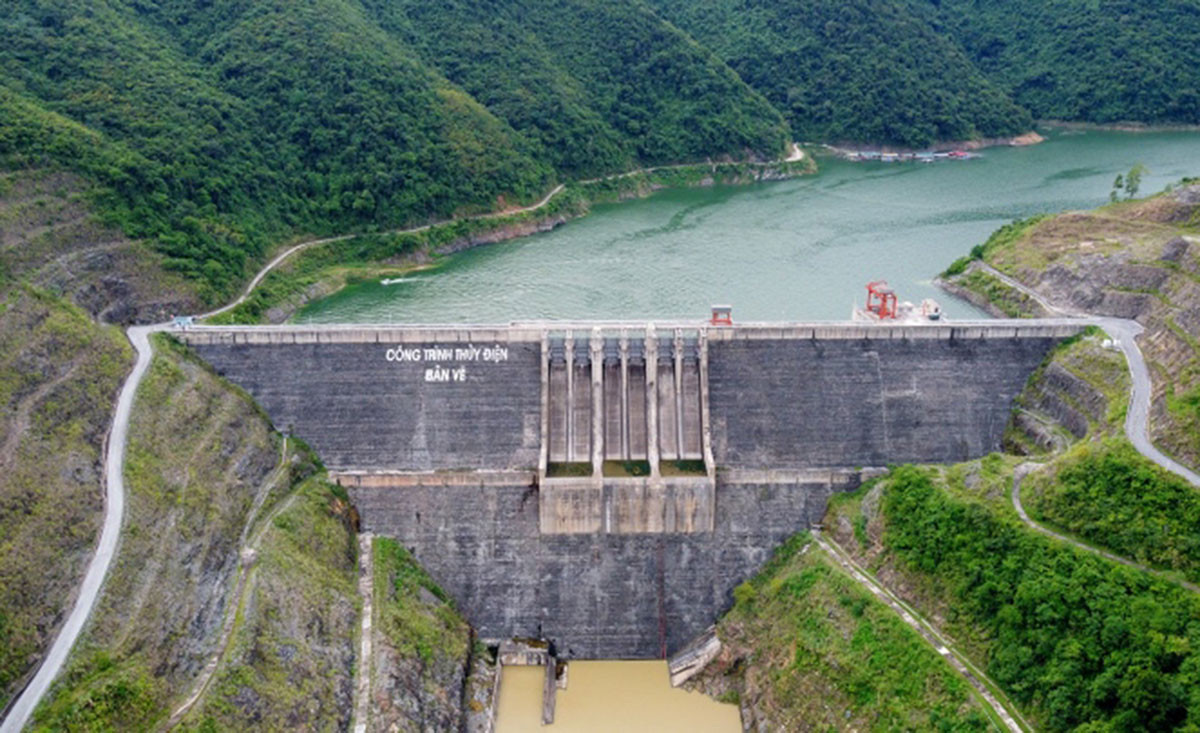
Water levels of hydropower reservoirs in the Northern region increased slightly; in the North Central region, water levels were low and slightly increased; in the South Central Coast region, water levels decreased slightly; in the Central Highlands and Southeast regions, water levels increased compared to yesterday. Reservoirs in river basins and small streams in the Northern mountainous region and the Central Highlands had high water levels (Son La, Yen Bai, Lao Cai, Ha Giang, Dak Lak, Dak Nong, Gia Lai, Lam Dong).
Thanks to that, large hydroelectric reservoirs in the Northern, Southeastern, and Central Highlands regions generate electricity according to the operating and mobilizing processes of the operating agencies; the North Central region is raising the water level of reservoirs and generating electricity according to the operating and mobilizing processes of the operating agencies.
However, there are still some lakes with low water levels, including: Thac Ba, Ban Ve, Trung Son, Hua Na.
Hydrological forecast, water flow to lakes in the next 24 hours in the Northern, Central Highlands, and Southeast regions will increase; in the South Central Coast region, it will decrease.
According to the National Center for Hydro-Meteorological Forecasting, from today (August 2) to tomorrow (August 3), in the Northern and North Central regions, there will be moderate to heavy rain, locally very heavy rain with rainfall from 60-120mm, some places over 200mm. The Central Highlands and the South will continue to have very heavy rain with rainfall of 50-100mm, some places over 150mm.
From the night of August 3, the Northern and North Central regions will have moderate to heavy rain, while the Central Highlands and the South will see a gradual decrease.
Heavy rain and massive water flows into hydroelectric reservoirs across the country, causing water levels in reservoirs to rise rapidly.
Last week, due to the hot weather, the demand for electricity in the North reached its peak, causing concerns about power shortages to return.
EVN said that in the week from July 21 to 27, the maximum daily electricity demand in the North was 477.9 million kWh, an increase of 14.3 million kWh compared to the previous week, and the maximum capacity reached 23,568 MW, an increase of 1,208 MW.
In Hanoi, due to the prolonged heat, on July 27, the city's total electricity consumption set a record high of more than 101 million kWh, nearly 1 million kWh higher than the highest electricity consumption in 2022.
However, due to the decrease in both output and capacity in the Central and Southern regions compared to the previous week, the national load decreased. Specifically, the national peak daily output reached 893.7 million kWh, down about 4.8 million kWh compared to the previous week; the peak capacity reached 43,220 MW, down 710 MW compared to the previous week.
Thanks to that, although the demand for electricity in the North is increasing, the electricity supply to the North is still guaranteed.
With continuous rain on August 2 and 3, water in hydroelectric reservoirs in the North increased, and the fear of power shortages returning to the North has eased.

Source


![[Photo] April Festival in Can Tho City](https://vstatic.vietnam.vn/vietnam/resource/IMAGE/2025/4/10/bf5ae82870e648fabfbcc93a25b481ea)

![[Photo] Unique folk games at Chuong Village Festival](https://vstatic.vietnam.vn/vietnam/resource/IMAGE/2025/4/10/cff805a06fdd443b9474c017f98075a4)


![[Photo] Opening of the 11th Conference of the 13th Party Central Committee](https://vstatic.vietnam.vn/vietnam/resource/IMAGE/2025/4/10/f9e717b67de343d7b687cb419c0829a2)
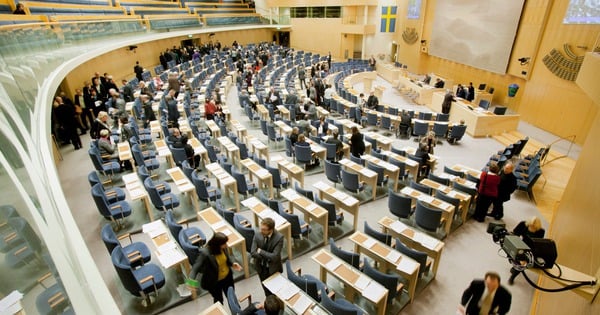



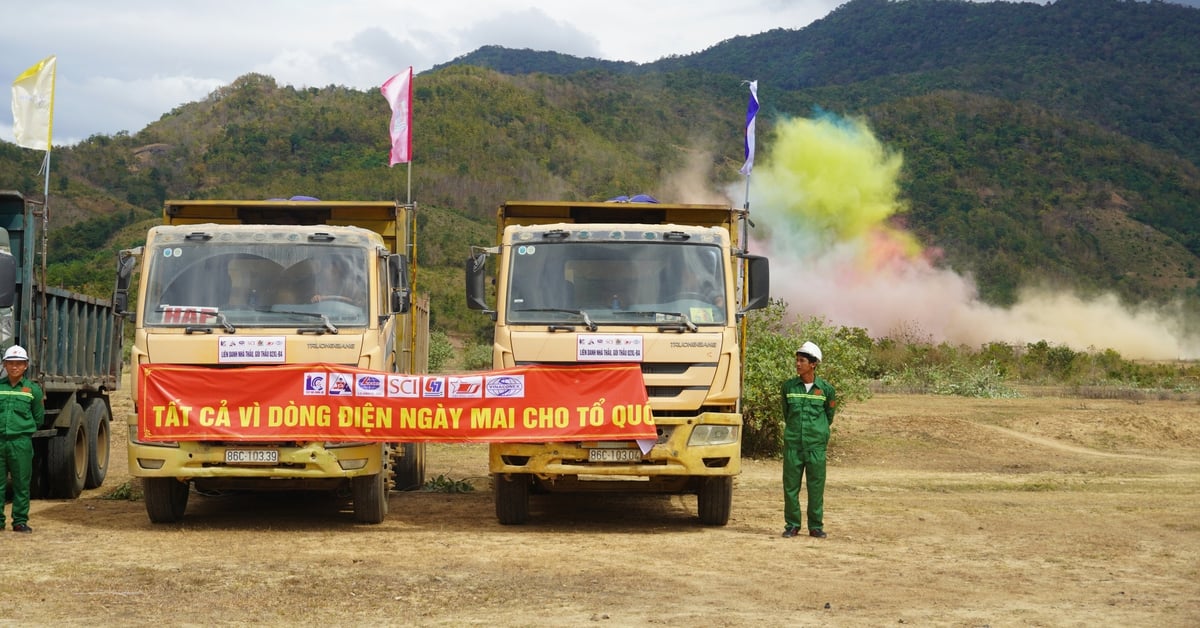

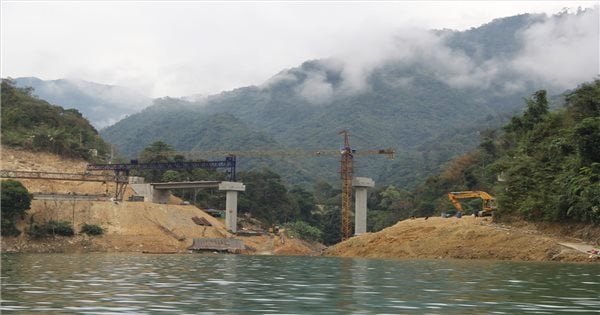

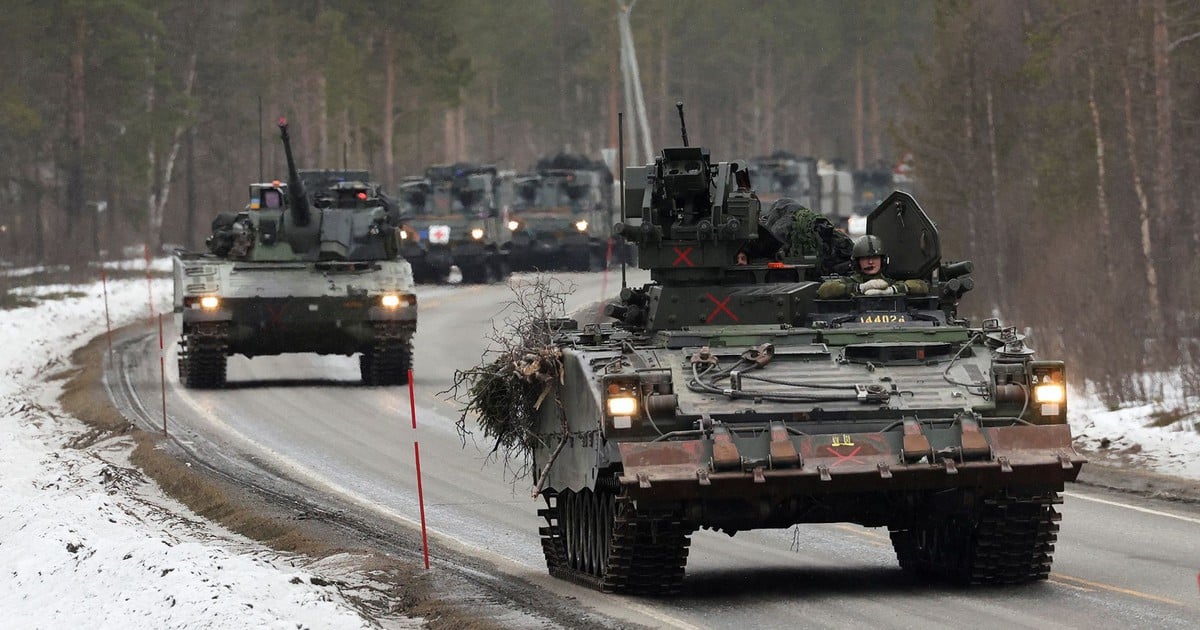







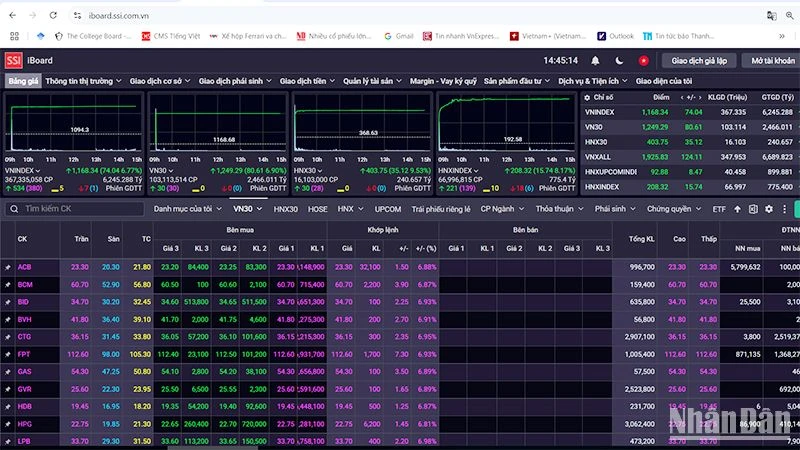









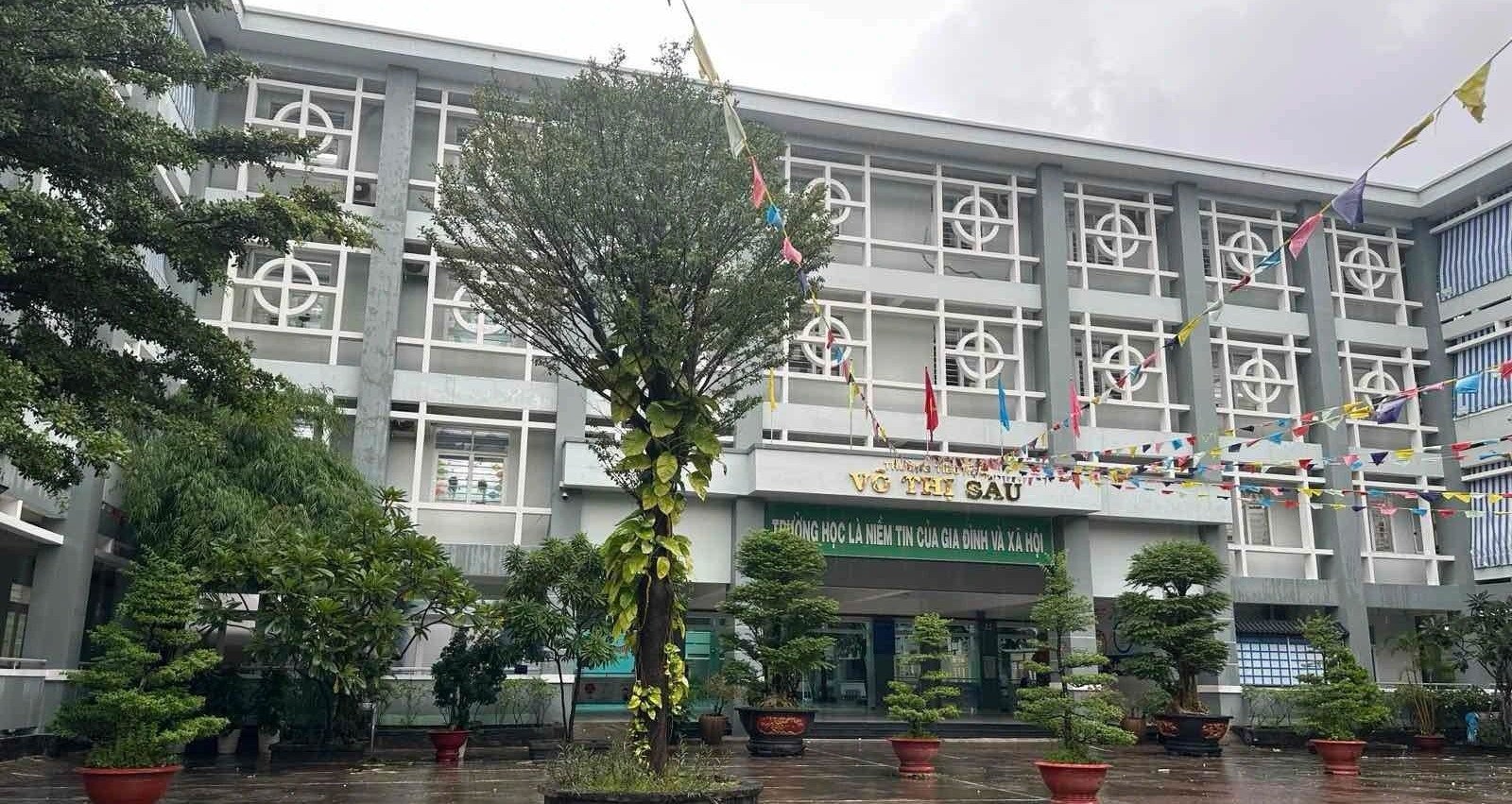









































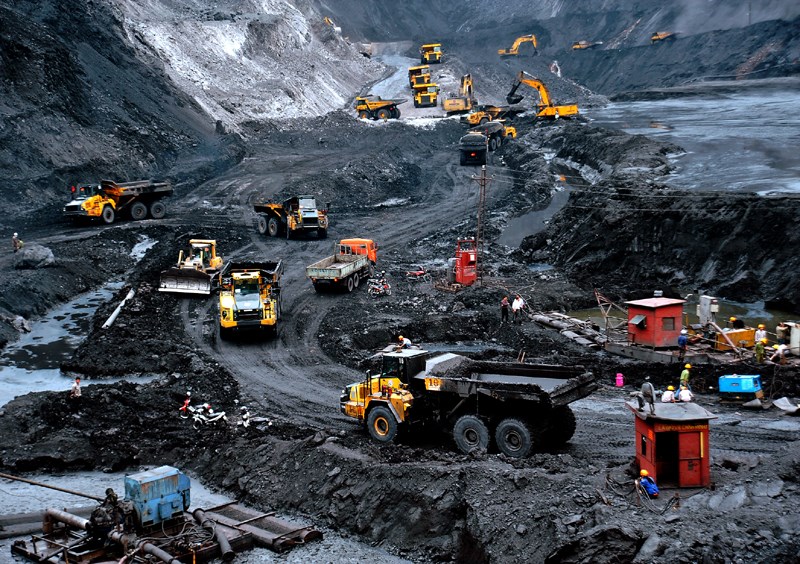






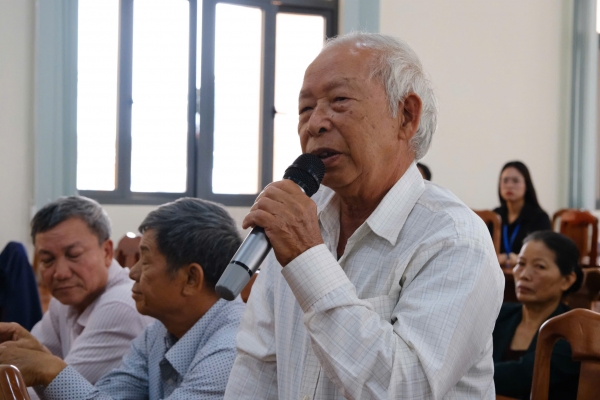


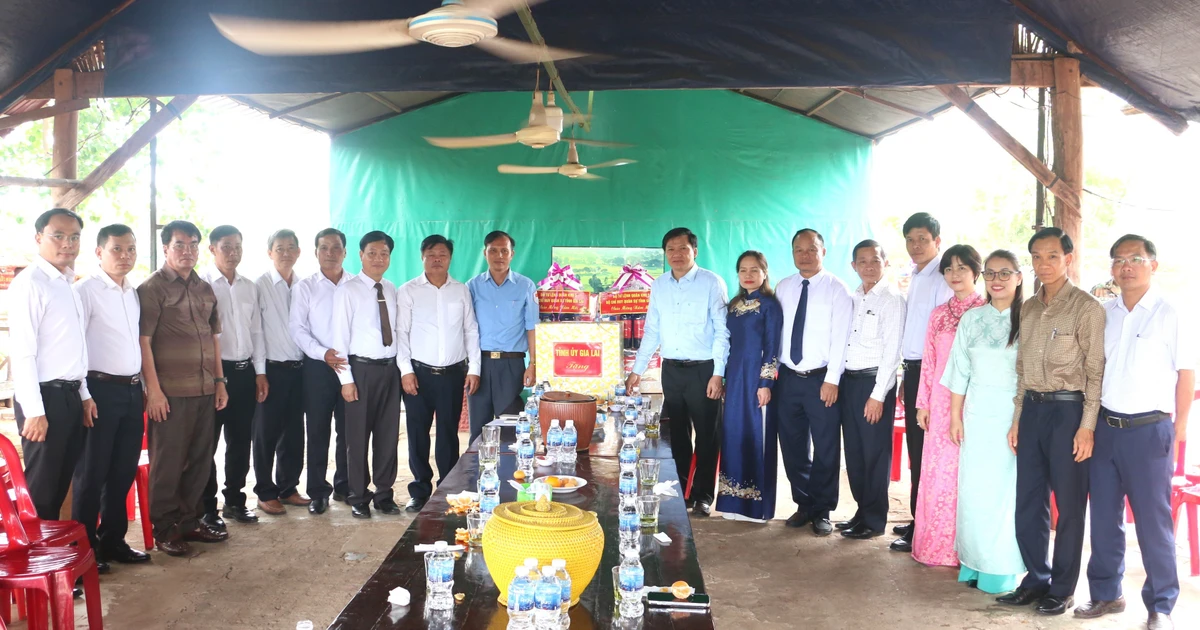









Comment (0)